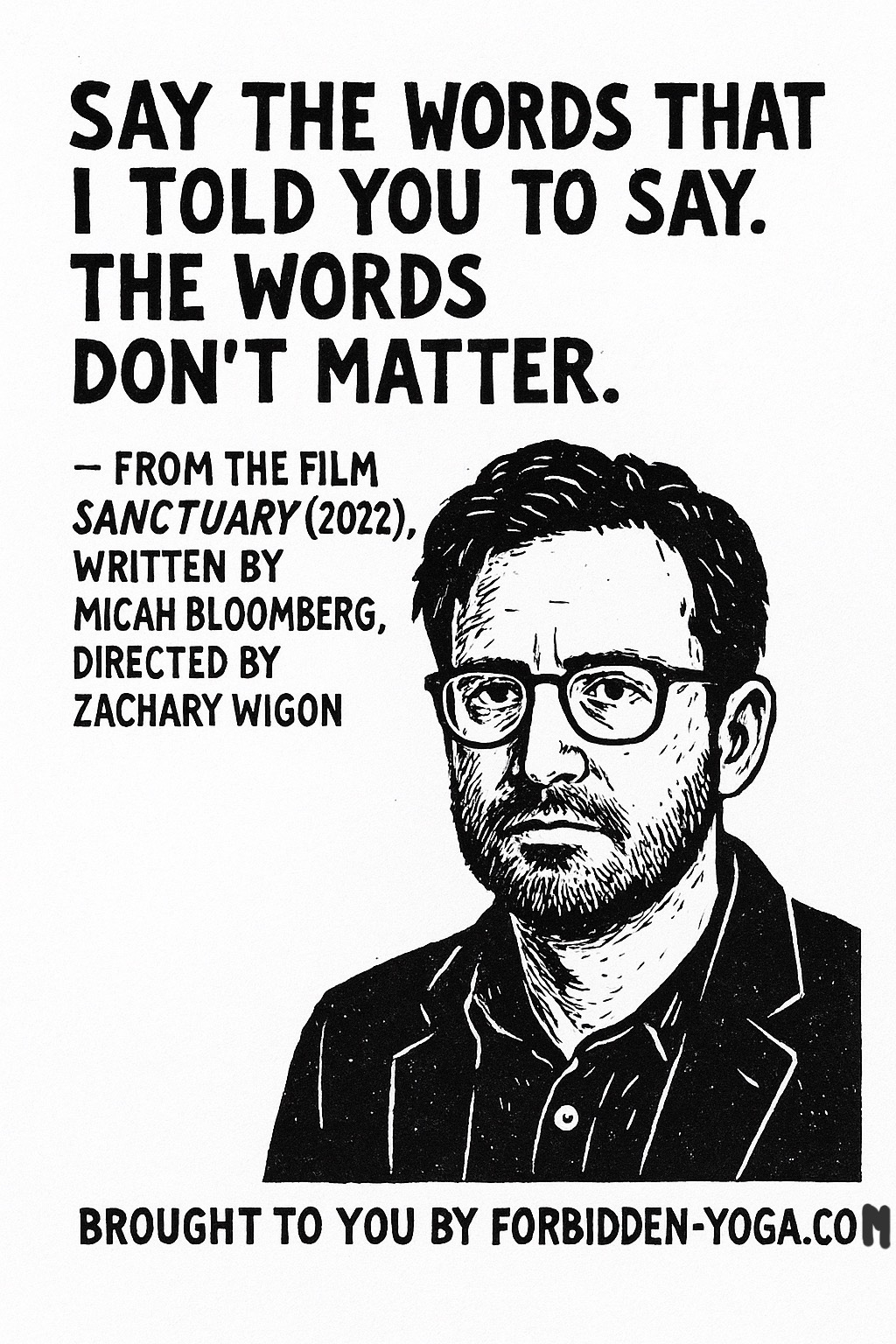Attachment isn’t a theory when you’re crying into the sheets because someone didn’t answer your message. It’s not a chart with colors when your body freezes every time someone tries to love you. It’s the ghost in the bed. The ache you can’t name. The way your stomach drops when someone walks away - or worse, how it doesn’t drop at all, because you learned early on that needing anyone is a liability.
The idea that our early bonds shape how we love in adulthood isn’t new. John Bowlby saw it first - watching children torn from their parents during the war, noticing how some went numb, how others clung, how none of them just “got over it.” He called it attachment. Mary Ainsworth came next. She ran the now-famous Strange Situation experiments, watching toddlers break down when their mothers left the room - and how they responded when she returned. That’s where the styles came from: secure, anxious, avoidant. Years later, disorganized was added. A name for the kids who didn’t know whether to run or freeze. The ones who’d been hurt by the same people they loved.
But these aren’t childhood relics. They don’t fade with age. They embed. They become the template. The way you text. The way you fight. The way you fuck. The way you leave before you’re left.
Psychology likes to clean it up with categories: secure, anxious, avoidant, disorganized. But underneath those names is blood. Nervous systems twisted by early silence. A thousand tiny moments when your crying went unanswered, your joy unmirrored, your shame met with distance instead of care. That’s what built your attachment style - not a choice, but something closer to instinct. And most of us never rewrote it.
The language of psychology doesn’t prepare you for the weight of this in adulthood. The relationships that combust over nothing. The unbearable heat of a touch that comes too soon - or not soon enough. Talk therapy helps you name the cycle. But naming doesn’t loosen the grip.
Some people need more than language. They need to feel it. Move through it. Script it. Ritualize the wound - because pain, when it’s chosen, stops being just pain. It becomes structure. It becomes power. And that’s where BDSM shows up - not as kink, but as confrontation. The dungeon isn’t an escape hatch. It’s a return. To the original wound, this time with choreography.
Alex was anxious-preoccupied. Haunted by abandonment like a shadow glued to him. The kind of man who watches his partner fall asleep and starts spinning: Is she bored? Is she pulling away? Has she already left, even while lying next to me? We worked for months before he could handle staging the scene. It took weeks to write. He needed to feel the betrayal. Be mocked, humiliated, discarded - but not abandoned.
Jamie, his partner, took the role seriously. She sat across from him and let her voice drop. “You know, Alex,” she said flatly, “he takes me the way you never could. He grabs my hair, presses me into the floor, makes me scream his name. I forget about you. I forget you exist. He makes me beg.”
Alex’s throat dried up. His hands started trembling. Arousal tangled with dread. Jamie leaned closer, voice lower now. “And when I’m done - when he’s taken everything he wants - I come back to you. Your neediness. Your sad little eyes. And you still open your arms.”
He didn’t speak. He nodded.
Afterwards, he wept into her lap. Not out of weakness - because something inside had finally cracked open on his own terms. The humiliation had been real. But so had the safety. She didn’t leave. She followed the script. They’d built a space where the worst could happen, and he could live through it. That changes something deep.
But the anxious don’t hold a monopoly on ghosts.
Nina was avoidant. Classic. Wore independence like a blade. Hated cuddling. Ignored texts. Knew the exact moment when someone got too close. Underneath was fear - not of being left, but of being consumed. But she was tired of the cold. So she asked Dan, her partner, for a scene. “Make me your possession,” she said. “Chain me down. Make me stay.”
Not a metaphor.
They built it out carefully. He would bolt a ring into the bedroom floor. She’d kneel, arms behind her back, head lowered. No speaking unless spoken to. For forty-five minutes, he’d read the words she never let herself hear: “You’re mine. You don’t get to run. You belong to me.”
Her skin crawled. Everything in her wanted to sabotage it. Laugh. Break the tension. She stayed. When the timer rang, she could barely move. “It felt like dying,” she whispered. “And also like being born.”
Avoidants don’t need talking. They need stillness. Limits. Gravity. BDSM gave her that. The chance to stay still while love, sharp and hot, moved through her.
Then there were Mark and Lisa. Disorganized. Messy. Their love had no brakes. She clung. He punished. She pulled away. He chased with rage. A loop carved by trauma. They needed to feel it all - but this time, inside a container.
We scripted it together.
Scene starts. Mark enters. Says nothing. Lisa strips, pleads, touches herself on the floor. He looks away. Ignoring her. For fifteen minutes, she spirals. Then he says, “You disgust me.”
Her breath catches. “Then punish me,” she says. “If you won’t love me - hurt me.”
He does. Not blindly. Not softly either. Slaps. Commands. Spit. She sobs - not from the pain, but from what it touched. This was their cycle, but now they were steering it. When it was over, she collapsed into him. He whispered, “You never disgusted me.” She said, “I know.”
These aren’t scenes. They’re exorcisms. They aren’t games. They’re rites. In conscious BDSM, humiliation isn’t degradation - it’s alchemy. You take what you fear most: being disgusting, needy, cold, disposable - and you show it. You let someone see it. You turn it into performance. And sometimes, that’s enough to survive it.
Sometimes it’s not even about healing. It’s about precision. Chaos, but with edges. People with disorganized attachment often create storms just to feel something predictable. In a BDSM scene, the slap is agreed on. The withdrawal is written. The cruelty lands with permission. That’s not abuse. That’s strategy.
Emilia understood that. She’d been silent most of her life. Her father had looked right through her. One day she said, “I want him to spit on me. Not because it turns me on - but because I want to feel dirty on purpose. Then have someone stay.”
He spit. Then washed her face. Then held her while she trembled.
“When he did it,” she told me, “I wasn’t a little girl anymore. I chose the shame. I owned it.”
People who think BDSM is just kink miss this entirely.
Not all scenes go this deep. Some are just play. That’s fine. But the real ones - the ritual ones - require guts. Not just safewords and aftercare. They demand honesty. Raw edges. A willingness to feel disgusting and still be held.
This work lives where language ends. You don’t come to it because you’re curious. You come to it because nothing else worked. Because no sentence ever healed you. Because being told “you’re enough” never made you feel it.
This isn’t therapy for the gentle. It’s not a tidy fix. You go in clean and come out wrecked. But different. Because you faced it. Because the scene happened and you didn’t die.
That’s not healing.
That’s a reckoning.
And sometimes - most times - that’s the only thing that works.
And Then What - Where to Go with This
You read all this. Maybe you saw yourself in it. Maybe one of the scenes rattled something loose. And now you’re asking: where the hell do I go to do this?
Can you do it at home? Maybe. If you trust your partner, if you know each other’s triggers like the lines of your palms, if you have the courage to build the scene slowly - yes, it’s possible. You can write your own ritual. Set the rules. Burn it down and clean it up together.
But not everyone can - or should - go there alone.
Some try it in swingers clubs. Some hire dominants, submissives, guides. Some show up at KitKat in Berlin and hope something finds them. But for work this deep, you don’t want chaos. You want containment. Intention. Eyes on you that know what they’re doing.
That’s where we come in.
At Forbidden Yoga, we’ve spent years creating containers for inner collapse and rebirth. You may already know us for our Sensual Liberation Retreats. But now, we’re building something else - another pillar. A place for role game therapy. Carefully constructed. Ethically held. Nothing casual.
We design scenes based on real psychological patterns - attachment trauma, humiliation fantasy, ego destruction, power ritual. Not entertainment. Not spectacle. Transformation. Scenes you’ll remember the rest of your life. And yes, we prepare you. We walk you through it. And we hold you afterward.
So if you feel this in your gut - if you read these pages and something in you said yes, but where? - then reach out.
We’ll take you there.
But only if you’re ready to come back changed.
Write to us.
Forbidden Yoga.
This is no longer theory. This is the scene.









